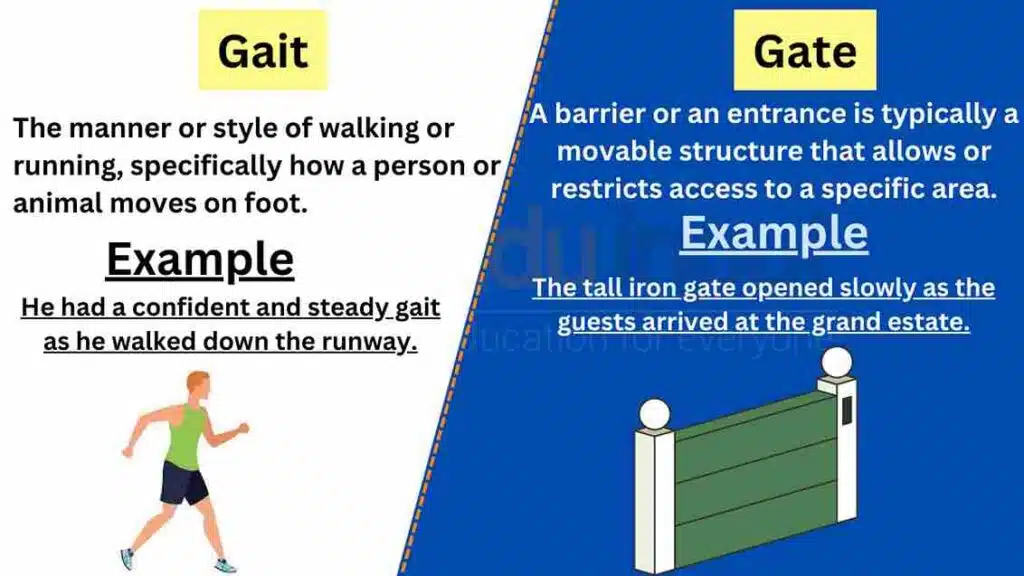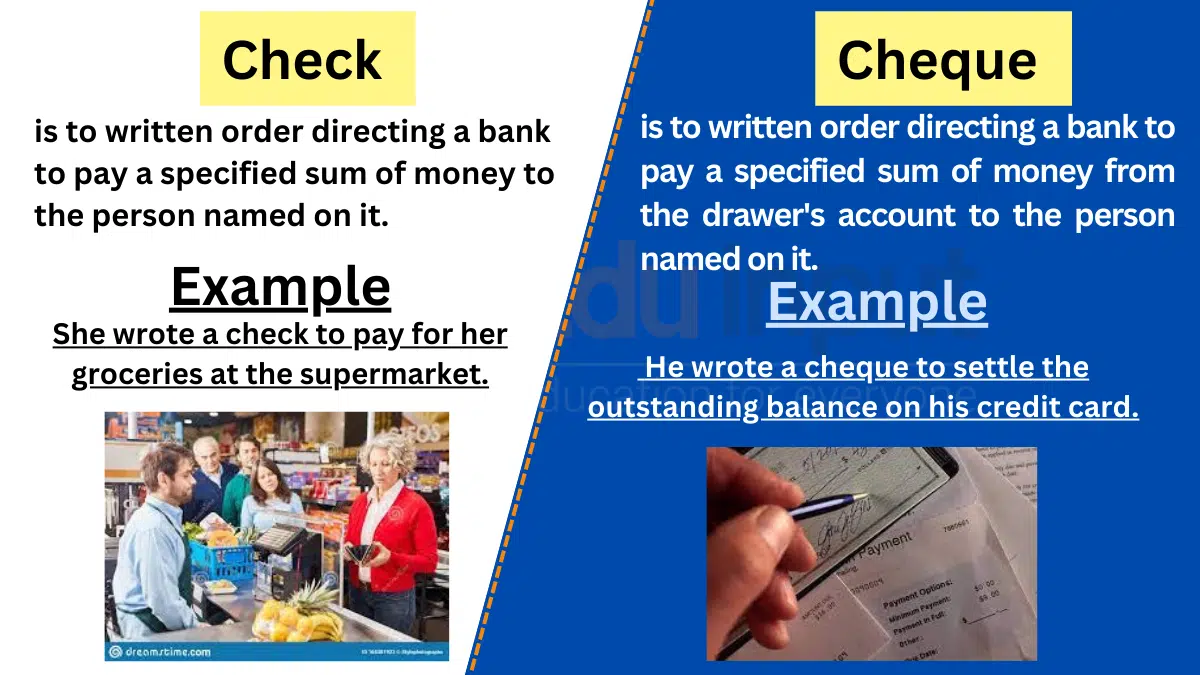Gait vs Gate-Difference Between And Examples
The terms “gait” and “gate” may sound similar, but they have distinct meanings and usage in the English language. In this article, we will explore the differences between “gait” and “gate” to clarify their definitions and contexts. By understanding these terms, we can communicate more accurately and avoid confusion in various situations. Let’s delve into the nuances of “gait” and “gate” to enhance our language skills.

Meanings and Examples
Gait Meaning
Definition: “Gait” refers to the manner or style of walking or running, specifically how a person or animal moves on foot.
Gait Examples
- “He had a confident and steady gait as he walked down the runway.”
- “The horse’s graceful gait caught the attention of everyone at the equestrian event.”
- “After the injury, her gait changed, and she had to undergo physical therapy to regain her natural stride.”
Gate Meaning
The meaning of “Gate” refers to a barrier or an entrance, typically a movable structure that allows or restricts access to a specific area.
Gate Examples
- “The tall iron gate opened slowly as the guests arrived at the grand estate.”
- “Please make sure to close the gate behind you to keep the animals from wandering off.”
- “Airport security checked the boarding passes before allowing passengers through the gate.”
Difference Between Gait And Gate
| Gait | Gate | |
| Meaning | Manner or style of walking or running | Barrier or entrance, typically a movable structure |
| Example | “He had a confident and steady gait as he walked down the runway.” | “The tall iron gate opened slowly as the guests arrived at the grand estate.” |
| Usage | Describing the movement pattern during walking or running | Referring to a physical barrier or entrance |
| Context | Observing someone’s walking style or movement | Controlling access or defining boundaries |
Usage in a Paragraph
As the marathon race began, the participants showcased various gaits as they embarked on the challenging course. Some runners had a brisk and determined gait, while others opted for a leisurely pace. The crowd cheered as the athletes demonstrated their unique gait styles, reflecting their training and personal preferences.
Meanwhile, at the entrance to the park, families strolled through the ornate iron gate, excited to spend the day outdoors. The gate swung open effortlessly, allowing visitors to enter the lush green space. Children eagerly ran ahead, their laughter filling the air as they explored the playground beyond the gate.
Understanding the distinction between “gait” and “gate” is essential for effective communication. “Gait” refers to the manner or style of walking or running, emphasizing the movement pattern and individual style. “Gate,” on the other hand, refers to a barrier or entrance that controls access to a specific area. By recognizing these differences, we can accurately describe someone’s walking style or discuss physical barriers and entrances. So, whether you’re observing someone’s gait or passing through a gate, understanding the nuances of “gait” and “gate” will enhance your language skills and ensure clear communication.







Leave a Reply